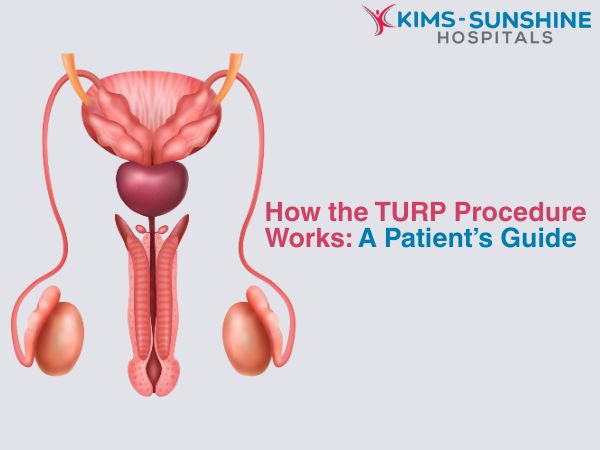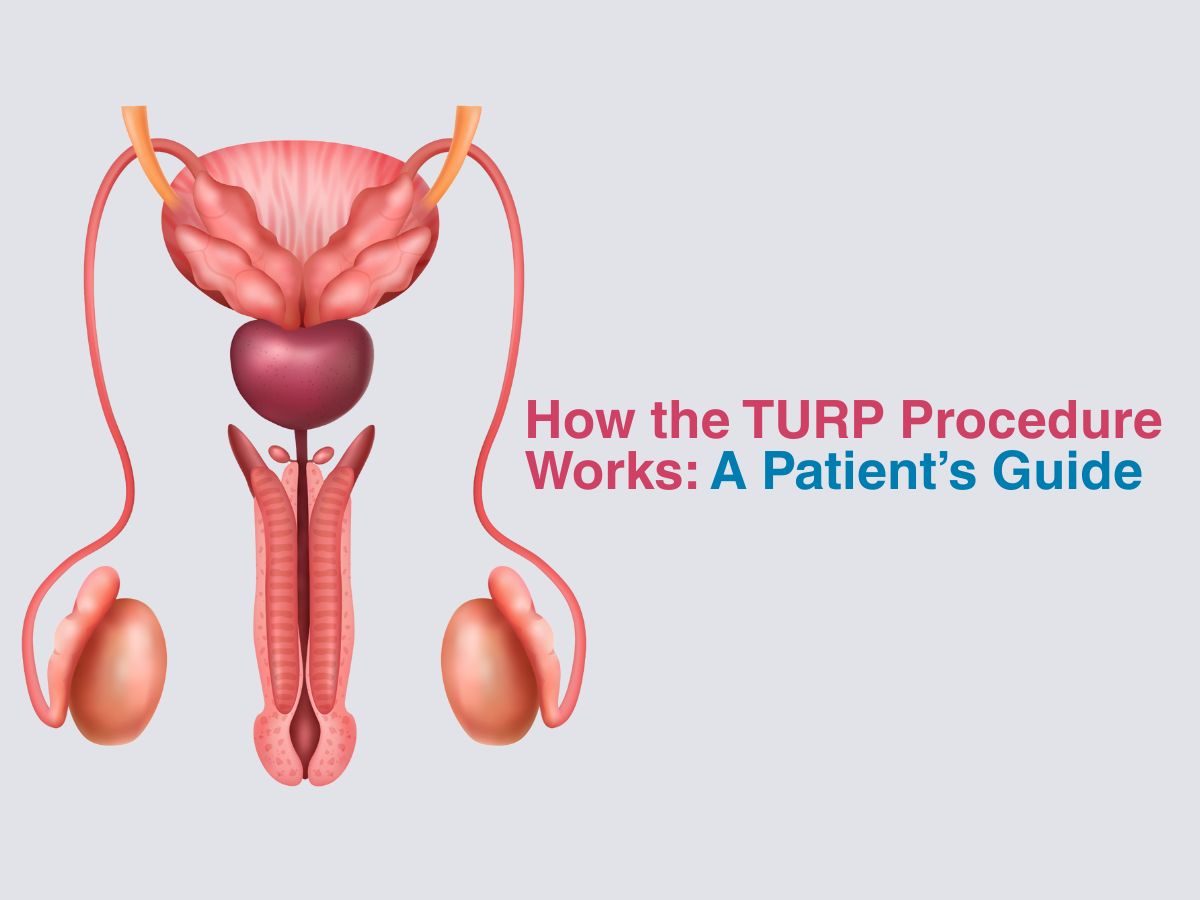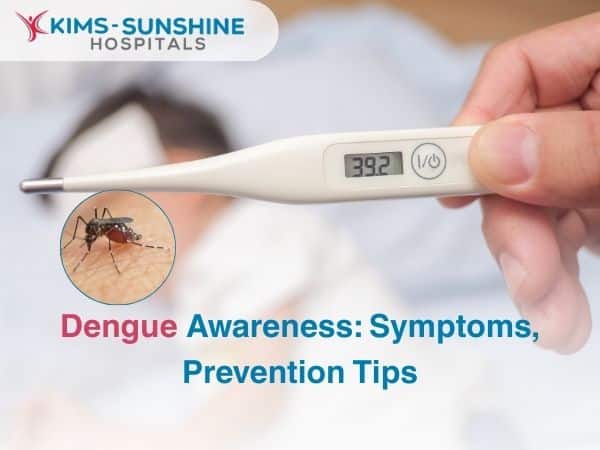
How the TURP Procedure Works: A Patient’s Guide
Transurethral Resection of the Prostate, also known as TURP is a surgical procedure that is done to relieve urinary symptoms in men, when they have an enlarged prostate gland. The growth of the prostate may be cancerous or benign, but it is mostly benign in many cases. The prostate gets enlarged as men age and hence this is a common problem faced by many individuals. The removal of extra prostate tissue means that the pressure on the urethra or surrounding tissue is relieved, leading to a person feeling better than before.
What Is TURP Surgery For BPH?
Benign Prostate Hyperplasia (BPH), also called prostate enlargement in common terms, is a phenomenon where the prostate, which is a walnut shaped organ, gets much larger and hence exerts more pressure than usual on the urethra (as it wraps round the tube normally). When BPH occurs, men cannot urinate completely, feel undue pressure and complain of having issues with weak urine stream or beginning and ending of urination itself. It also causes men to wake up very often at night to pee and this can cause other issues in the long term too. The TURP procedure is a specialised, minimally invasive procedure done with general anaesthesia, which involves the removal of extra prostate tissue. This eventually causes the urinary symptoms to go away.
How Does TURP Procedure Work For Enlarged Prostate?
The TURP procedure takes about 1.5-2 hours to finish on an average and it involves the individual getting anaesthetised, after which the procedure begins. A rectoscope (a thin tube that has a camera on one end) is inserted via the urethral opening in the penis. This will help the surgeon visualise the extent of prostate enlargement and then how much extra tissue needs to be resected or removed. A loop with electrical current is used to do that, after which a fluid is used to flush the pieces of resected tissue into the bladder and then out of the body. The rectoscope is then removed. There is no need for any cuts or stitches and this is what makes TURP a minimally invasive procedure with better outcomes.
TURP procedure vs. Laser Prostate Surgery
While the TURP procedure has been used for a long time now, the usage of a loop with electric current to cut off extra tissue can cause more bleeding than usual. This may not allow the surgeon to visualise the whole area properly and hence some prostate tissue which needs to be excised may be missed. The recovery after TURP procedure also takes much longer due to this very reason. If however, a laser is used to excise the prostate tissue, then bleeding is minimal and recovery is quicker. Moreover, TURP is not recommended when the prostate is very large in size.
TURP Procedure Benefits And Risks
Urinary symptoms get better almost immediately which is a major benefit. But, there are a few risks associated with getting TURP done- like retrograde ejaculation, erectile dysfunction or urinary incontinence (this is mostly temporary and gets better with recovery).
Conclusion
The post-op care after TURP for enlarged prostate involves resting, healing and drinking enough water to prevent blood clots from forming and to cleanse your bladder of any left over tissue. You should not sit for too long and not engage in any strenuous activity either, for 4-6 weeks, because that is how long you will take to recover. A diet rich in nutrients and fibre needs to be a priority. You should abstain from having sex for the whole period of time. If your doctor has asked you to keep a catheter in, to help with drainage, then make sure it stays clean always and that you empty it often. Pain killers will be prescribed to help you feel better. But, if you notice any fever, blood in your urine or other symptoms, talk to your doctor immediately.
Frequently Asked Questions
What is the TURP procedure?
How is TURP surgery performed?
What are the risks and benefits of TURP surgery?
How long does the TURP procedure take?
How effective is TURP for relieving urinary symptoms?







